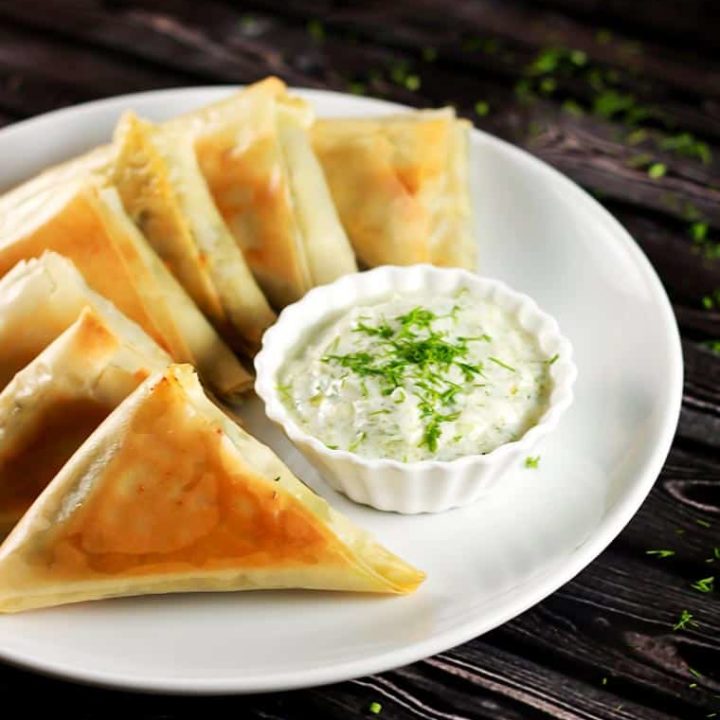Introduction
Spanakopita, a mouthwatering Greek pastry, has earned a special place in the hearts and taste buds of food enthusiasts around the world. Combining the delicate layers of phyllo dough with a rich filling of spinach, feta cheese, and fragrant herbs, this delightful dish is a testament to Greek culinary excellence. In this blog post, we will explore the history, ingredients, preparation, and the cultural significance of Spanakopita.
A Bite of History
Spanakopita, pronounced “span-a-KO-pee-ta,” has its origins deeply rooted in Greek cuisine. The name itself is derived from the Greek words “spanaki,” meaning spinach, and “pita,” meaning pie or pastry. This savory pie has been enjoyed for generations in Greece and is often served during special occasions, family gatherings, and festivals. Its enduring popularity has made it a staple in Greek homes and a cherished part of the Mediterranean diet.
The Ingredients That Make It Great
Spanakopita‘s irresistible taste is achieved through a harmonious blend of ingredients:
- Phyllo Dough: The paper-thin layers of phyllo dough give Spanakopita its iconic flaky texture. When baked, it becomes wonderfully crisp, providing a perfect contrast to the creamy filling.
- Spinach: Fresh spinach, rich in vitamins and minerals, serves as the base of the filling. Its earthy flavors add depth to the dish.
- Feta Cheese: Creamy and tangy, feta cheese pairs beautifully with spinach, contributing a salty and briny dimension to the filling.
- Herbs and Seasonings: Dill, parsley, scallions, and various spices are used to enhance the flavor profile, creating a vibrant and aromatic mixture.
Preparation: The Art of Layering
The process of making Spanakopita is a true culinary art form. It involves meticulously layering the phyllo dough and spinach-feta mixture to create a perfect balance of textures and flavors. The layers are brushed with olive oil or melted butter, ensuring a golden and crisp finish. Baking Spanakopita to perfection requires patience, but the reward is worth every moment.
Cultural Significance
Spanakopita is more than just a delicious dish; it is a symbol of Greek hospitality and the importance of gathering around the table. In Greece, it is commonly served as a snack, appetizer, or even a main course. It represents the warmth and generosity of Greek culture, inviting guests to share in the joys of food, family, and friendship.
Spanakopita is a culinary gem that beautifully encapsulates the essence of Greek cuisine. With its layers of history, rich flavors, and cultural significance, it’s no wonder that this savory pastry has found its way onto tables worldwide. Whether you savor it as a delightful appetizer or a hearty meal, Spanakopita is an invitation to explore the culinary treasures of Greece and create unforgettable moments around the dinner table. So, go ahead, take a bite, and let the flavors of Greece whisk you away to a Mediterranean paradise.


